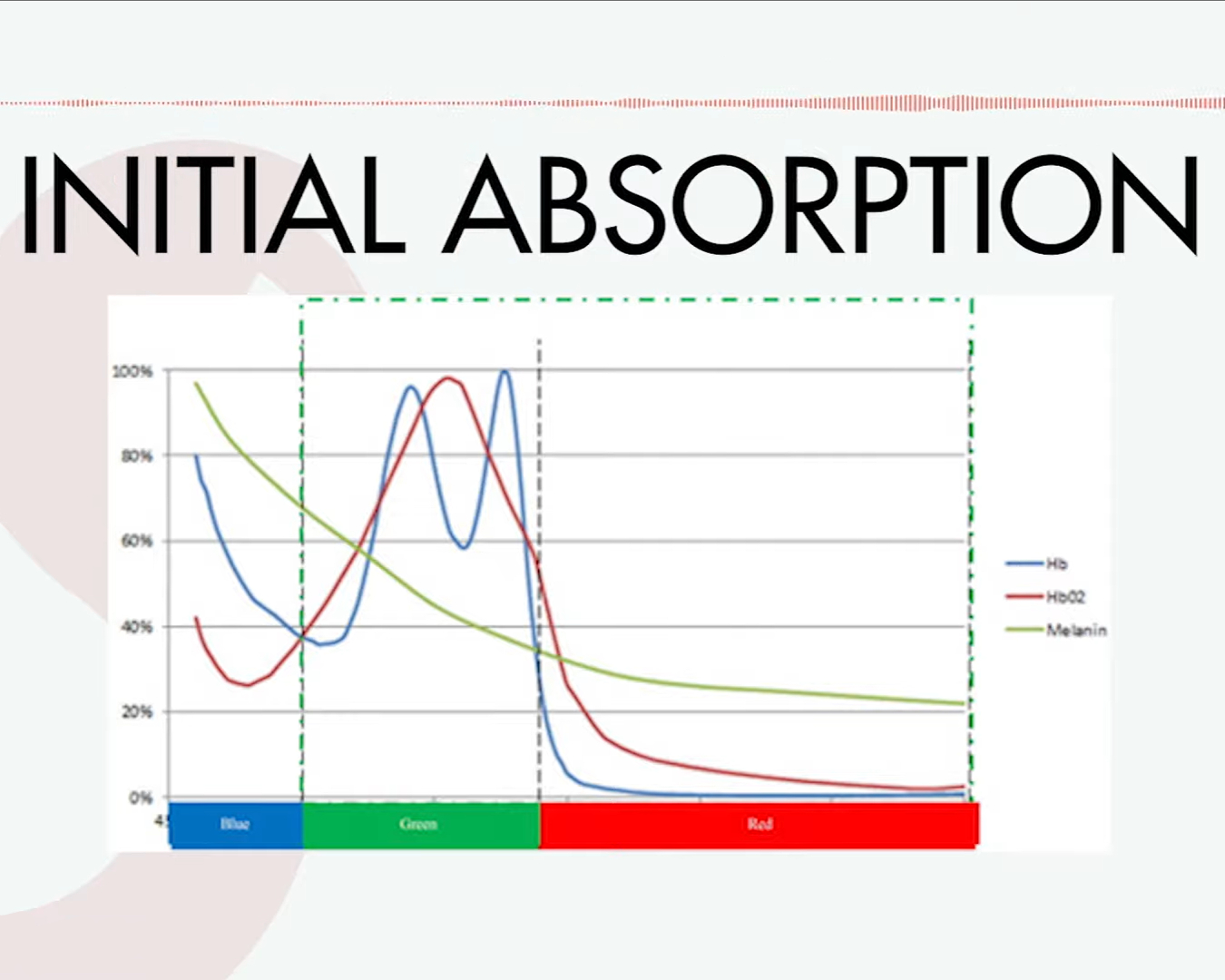
How the eye Perceives A tattoo
We’ve touched briefly on how light interacts with the skin, but it would also be beneficial to understand how your eye actually receives that information. Now we’re not going to give you a full lecture on the anatomy of the eye, rods and cones and how your brain transforms photons into a visual representation, but we will be talking a bit more in depth about things like the light spectrum, wavelengths and how light works.
Visible Light spectrum
Though there is a vast range of light on the electromagnetic spectrum that covers a multitude of wavelengths, there is only a small portion of that spectrum that we can actually perceive. This is called the “Visible Light Spectrum”. This is a small window of frequencies between the invisible infrared and ultraviolet wavelengths.
This is what we commonly call light. The retina receives a certain wavelength, and when it interacts with the eye, it generates a particular hue.
How Light Works in Terms of Colors
Colors are the end result of some frequencies of light being absorbed by an object and the color you actually see is the frequency that is reflected (not refracted) back into your retina. One example would be a red flower like a rose. Light hits the petals of the rose and absorbs the blue and green frequencies, while reflecting the red frequencies back into your eye.
This is doubly true of an aged tattoo. Not only does the light have to travel to the tattoo and back, but it has to travel through several layers of skin cells that have healed over the tattoo. This is why a healed tattoo looks so different. The skin acts like a filter and that filter can have a number of different shades and hues which can affect how the tattoo looks over time.
Wavelengths

Wavelengths can actually be calculated to determine what colors the eye is able to perceive.
-“The optical frequencies of human response are around 400 nanometers (nm) to 700 nm, with peak sensitivity at 555 nm- the green region of the spectrum. In the blue-green region (around 500 nm), only 50% of light entering the eye reaches the image point on the retina, and only 10% at 400 nm (violet region). This is because the transmission of light decreases as the wavelengths get shorter (Davidson 2015)”
-The Science of Tattooing (p.37) - Hannah Wolf
Nobody is saying that you need a spectrograph every time you go to choose tattoo ink, but knowing a bit about the physics of light interactions can definitely be helpful.
